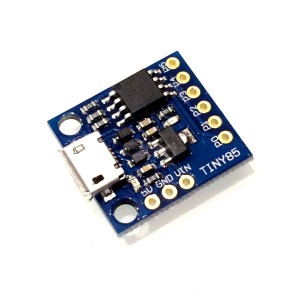 Whether you just prefer using the Apple keyboard with your Windows computer, or you are running a Windows virtual machine guest on your Apple hardware, this guide will help get the most out of your experience.
Whether you just prefer using the Apple keyboard with your Windows computer, or you are running a Windows virtual machine guest on your Apple hardware, this guide will help get the most out of your experience.
Please note: these tips is based on my experience with a Swedish keyboard layout, and this might differ depending on your actual layout.
Make your keyboard work as it normally does
Once you have installed you keyboard and all basic functionality is in place (i.e. you can log in, write text etc) I recommend the convinient tool Apple Wireless Keyboard (AWK) from UX Soft. This utility program will fix most of your function keys to behave like they normally do on your native Mac OS X experience. You can easily switch between Special/Media Keys mode (Brightness, Media Playback, Volume etc) or Function Keys mode (F1-F12).
Improve your effectiveness by using your keyboard as you’re used to
Although AWK fixes the basic special key functionality for your Apple keyboard in Windows there is one area that (previously) caused me a lot of headache. And that is all the Cmd + XXX combinations you are used to. Take “Copy” for example. On your Mac OS X machine you would use Cmd + C to copy some text, while logged into Windows you have to use Ctrl + C instead. And if you are like me and rely heavily on keyboard shortcuts to be effective and also switch back and forth between OS X and Windows this becomes annoying and a real productivity killer.
So I’ve put together a small utility (actually a compiled AutoHotKey script) to fix a lot of these shortcuts. Below you will find some examples, for full details refer to the Apple Keyboard for Windows (AKfoW) project page.
Basic features of AKfoW:
- Now Media Playback works with other programs than iTunes, like Spotify for example
- You can now use Cmd + T to open tabs and Cmd + W/Q to close windows and entire applications (the latter is equivalent to Alt + F4)
- Copy, Cut and Paste works as you are used to
- Cmd + Arrow works like Home / End / Page Up / Page Down
- Cmd & Shift & Alt + Arrow will snap the current window to Left / Top / Right / Bottom (like Docker etc works on OS X)
- F13 can be used to take screenshots
- Also there is a “developers special”: Alt + 8/9 will get you square brackets and adding the Alt-key modifier will give you curly brackets instead
Unfortunately I haven’t found a solid replacement for Alt + Tab (which still causing some frustration for me).
 If you encounter problems programming your “digispark” this info might be helpful. First of all I will assume you have followed the getting started guide on the Digistump wiki (Connecting and Programming Your Digispark). Should you after completing these steps experience issues with programming your “digispark”, check out these basic troubleshooting tips (try different cables, USB hubs etc).
If you encounter problems programming your “digispark” this info might be helpful. First of all I will assume you have followed the getting started guide on the Digistump wiki (Connecting and Programming Your Digispark). Should you after completing these steps experience issues with programming your “digispark”, check out these basic troubleshooting tips (try different cables, USB hubs etc).
You must be logged in to post a comment.